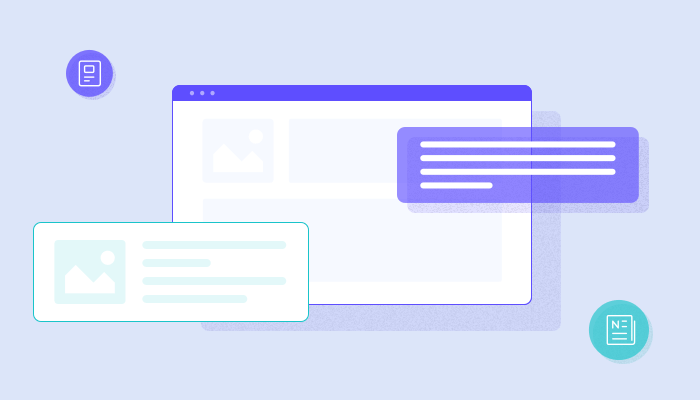 Integrating MQTT Data into InfluxDB for a Time-Series IoT Application
Integrating MQTT Data into InfluxDB for a Time-Series IoT ApplicationThis article provides a detailed guide on how to connect MQTT devices with EMQX and integrate it with InfluxDB to ensure reliable data storage and enable real-time analytics.
 Integrating MQTT Data into InfluxDB for a Time-Series IoT Application
Integrating MQTT Data into InfluxDB for a Time-Series IoT ApplicationThis article provides a detailed guide on how to connect MQTT devices with EMQX and integrate it with InfluxDB to ensure reliable data storage and enable real-time analytics.
 Supercharging IIoT with MQTT, Edge Intelligence, and InfluxDB
Supercharging IIoT with MQTT, Edge Intelligence, and InfluxDBWe will provide a detailed guide on how to integrate EMQX Cloud, with edge computing intelligence and InfluxDB's analytical capabilities to bring about a transformative change in the Industrial IoT.
 MQTT Performance Benchmark Testing: EMQX-InfluxDB Integration
MQTT Performance Benchmark Testing: EMQX-InfluxDB IntegrationIn this post, we provide the benchmarking result of InfluxDB integration - a single node EMQX processes and inserts 100,000 QoS1 messages per second to InfluxDB.
 Save MQTT Data from EMQX Cloud on GCP to InfluxDB Cloud through the public network
Save MQTT Data from EMQX Cloud on GCP to InfluxDB Cloud through the public network We will simulate temperature and humidity data, report it to the EMQX cloud on the GCP platform via the MQTT protocol, and save the data to the InfluxDB Cloud over the public network.
 Getting Data from EMQX Cloud with InfluxDB Native Collector
Getting Data from EMQX Cloud with InfluxDB Native CollectorIn this tutorial, I'll show you step-by-step how to integrate InfluxDB Cloud with EMQX Cloud, a leading MQTT service provider, using this new native collector.
 Design of Million-Level Message Throughput Architecture for an IoV Platform
Design of Million-Level Message Throughput Architecture for an IoV PlatformIn this article, we will focus on how to design a new-generation IoV platform architecture to meet the need for millions of message throughput.
 Build EMQX + InfluxDB + Grafana IoT data visualization solution in one hour
Build EMQX + InfluxDB + Grafana IoT data visualization solution in one hourTaking the common scenarios of Internet of things as an example, this article introduces how to use the EMQX message middleware and the open source data visualization solution of InfluxDB + Grafana to conveniently display a large amount of time-series data of IoT devices.